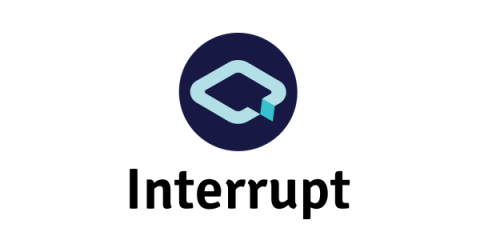Linux Patch Management Best Practices
According to Wired, around 67% of web servers worldwide use Linux OS, and the main reason behind using Linux OS is as follows: Linux comes with better security, but still, it is susceptible to malware attacks because newly discovered vulnerabilities, you require Linux patching for your organization to witness exceptional security. The importance of Linux patching is tremendous for any organization.











